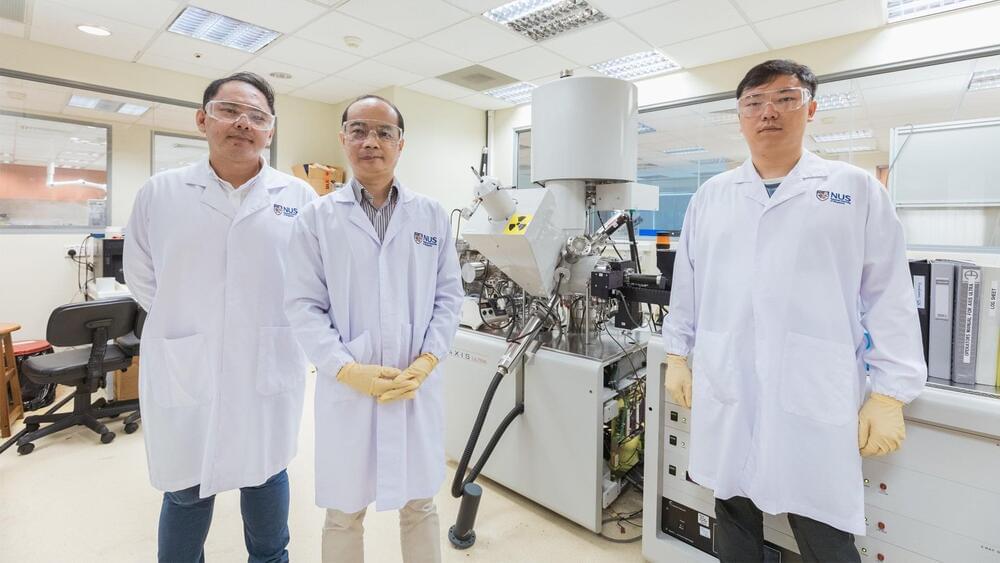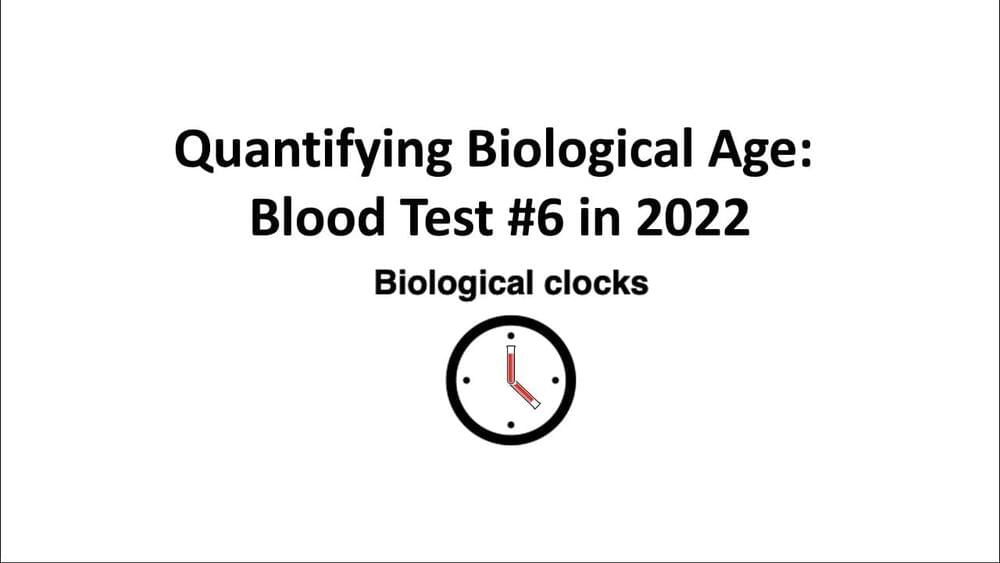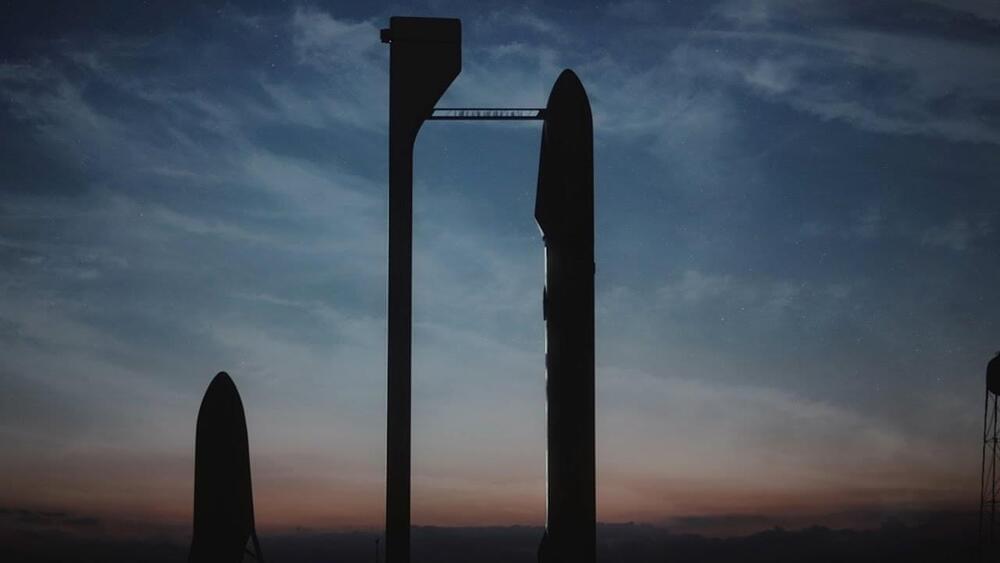A compound that both inhibits the MRSA superbug and renders it more vulnerable to antibiotics in lab experiments has been discovered by researchers at the University of Bath in the UK.
Antibiotic resistance poses a major threat to human health around the world, and Staphylococcus aureus has become one of the most notorious multidrug-resistant pathogens. Led by Dr. Maisem Laabei and Dr. Ian Blagbrough at the University of Bath, scientists have discovered a compound that both inhibits the Methicillin-resistant Staphylococcus aureus (MRSA) superbug and renders it more vulnerable to antibiotics.
Staphylococcus aureus (staph) is a type of bacteria found on people’s skin. Staph bacteria are usually harmless, but they can cause serious infections that can lead to sepsis or death. Methicillin-resistant Staphylococcus aureus (MRSA) is a cause of staph infection that is difficult to treat because of resistance to some antibiotics.









